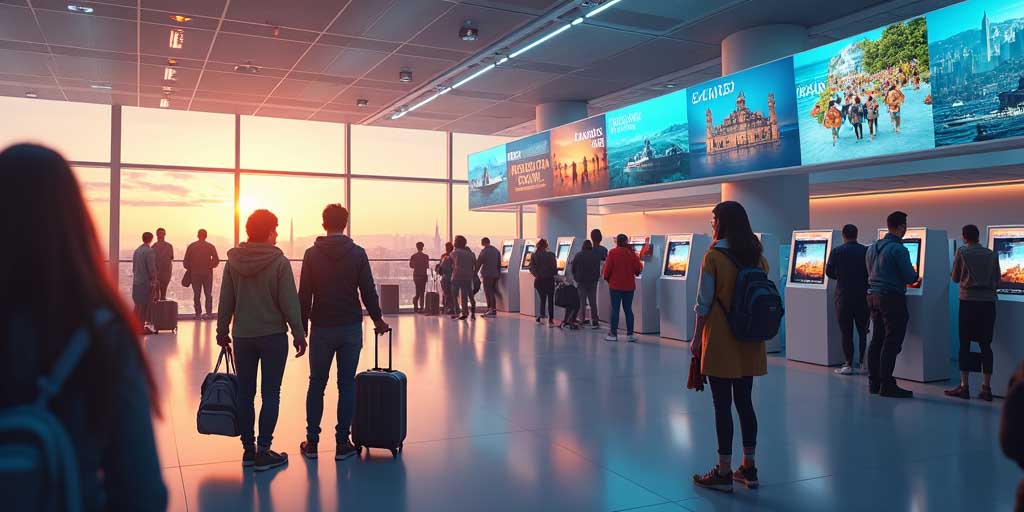Key reasons you might think twice about moving to Brazil
Brazil! The land of samba, soccer, and stunning beaches. It sounds like a dream, doesn’t it? But before you pack your bags and book a one-way ticket to Rio, there are a few things you might want to consider. Brazil is as complex as it is beautiful, and living here is a different ball game from visiting. Let’s explore some key reasons you might think twice about relocating to this vibrant yet challenging South American giant.
Cultural Flavor and Neighborhood Vibes
The Rhythms of Life
Brazil is a patchwork of cultural traditions, each as colorful as a Carnaval costume. In Rio de Janeiro, life pulsates to the rhythm of samba, while São Paulo thrives with a cosmopolitan buzz. The laid-back vibe of Salvador with its Afro-Brazilian heritage offers a warm welcome but requires an open mind to fully embrace its slower pace and soulful rhythms.
Neighborhood Nuances
Choosing where to live in Brazil can feel like a dance through its many neighborhoods. In São Paulo, you might find yourself deliberating between the upscale Jardins with its chic boutiques and the hipster haven of Vila Madalena, brimming with street art and coffee shops. In Rio, the lush hills of Santa Teresa offer bohemian charm, while Leblon seduces with upscale beachside living.
Living in these neighborhoods can be a delight, but it’s crucial to understand each area’s unique challenges, from varying levels of safety to the availability of amenities and the quirks of local transport.
Practical, Concrete Tips
Navigating Bureaucracy
Ah, Brazilian bureaucracy, a rite of passage to test your patience. Getting a CPF (Cadastro de Pessoa Física) number is essential for everything from opening a bank account to renting an apartment. The process involves visits to Receita Federal and potentially hours in line. Patience, and perhaps a Portuguese-speaking friend, will be your best allies.
Cost of Living
While Brazil can appear affordable, costs can add up quickly. Renting in prime areas like Ipanema or Jardins can set you back R$4,000 to R$8,000 monthly. Eating out ranges from the affordable delights of a kilo restaurant to the splurge of a steakhouse experience. Be prepared for unexpected expenses, such as imported goods carrying hefty price tags due to high import taxes.
Seasonally Speaking
Brazil’s seasons might surprise you. Summer in Rio can feel like a sauna, while winter in São Paulo might require more than just a light sweater. The Amazon gets its fair share of rain, so waterproof gear is a wise investment if you plan to explore northern Brazil.
Quick Checklist
- Obtain a CPF number.
- Learn basic Portuguese.
- Research neighborhood safety.
- Plan for summer humidity and winter coolness.
- Budget for higher rent in major cities.
- Expect delays in public services.
Region-Specific Details
Transport Quirks
Public transport can be a mixed bag. São Paulo’s metro is extensive and efficient, while Rio’s system is less comprehensive. In both cities, buses are frequent but can be cramped during peak hours. If you choose to drive, prepare for traffic congestion and some of the world’s most expressive drivers!
Plug into Local Norms
Brazil uses Type N plugs, so an adaptor is a must-have. Grocery shopping is an experiential journey, with fresh markets bursting with tropical fruits. Dining norms lean toward sociability; expect to share a meal and linger over coffee.
What’s new in 2025 and beyond
No significant policy changes have been officially announced for 2025.
Conclusion
So there you have it. Brazil is a country that dazzles with beauty and excitement but also challenges with its complexities. From lively cultural events to the intricacies of everyday life, living in Brazil is an adventure that requires a mix of flexibility, patience, and curiosity. If you’re prepared to embrace all its highs and lows, Brazil might just be the place for you. But if you’re hesitant about plunging into its vibrant chaos, it might be worth a second thought.
